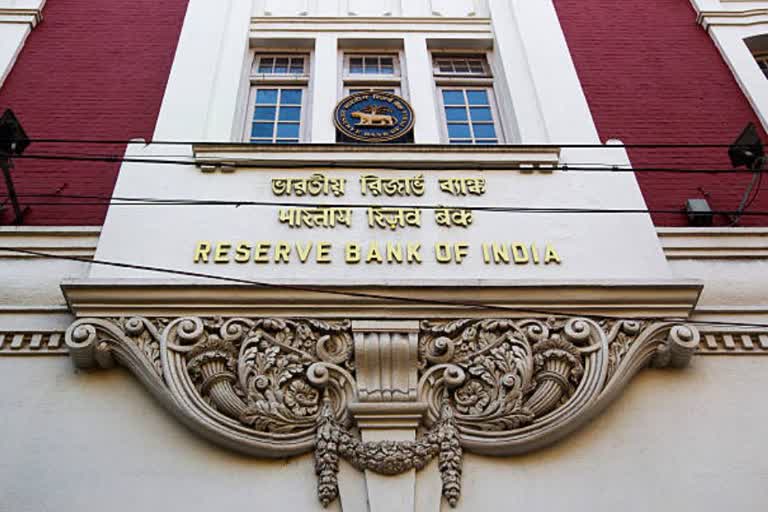New Delhi: The Covid-19 pandemic is expected to tip the global economy into a recession. Many companies, such as in the airlines and tourism industries, are likely to go bankrupt due to the disruptions in business following lockdowns.
Similar impact is already being felt in India with airlines, restaurants, hotels, MSMEs and exports-related sectors being the worst hit.
The United Nations Conference on Trade and Development has estimated that global merchandise exports could fall by $50 billion due to the impact of the pandemic. The trade impact for India is estimated at $ 348 million. Companies dependent on imported raw materials and with export markets in the US, Europe, Middle East and China are going to be worst hit.
Global Scenario
Globally, the prices of gold and precious metals have been falling as investors are preferring to hold cash. In times of uncertainty, money flocks to safe havens. Hit by a cash crunch global financial players are selling whatever assets they can.
A sell-off in the stock markets has ended the decade-long bull run on Wall Street. Investors are fleeing volatile markets, selling oil, cryptocurrencies and commodities such as gold, silver and soybeans, and instead seeking shelter in cash, causing significant tightening in the financial markets.
Read more:What the COVID-19 Pandemic means for employment
Therefore, the major central banks— the US Federal Reserve, the Bank of England, European Central Bank, Bank of Japan, Bank of Canada and Swiss National Bank – have joined forces to pump liquidity into the markets to ensure that the global financial system has enough cash to continue operating smoothly.
The Fed has launched a fresh round of the Quantitative Easing (QE), first seen in the aftermath of the 2008 global financial crisis, to ease the strained liquidity conditions.
It has dropped its key interest rate to virtually zero and will inject $700 billion in liquidity into the financial markets.
